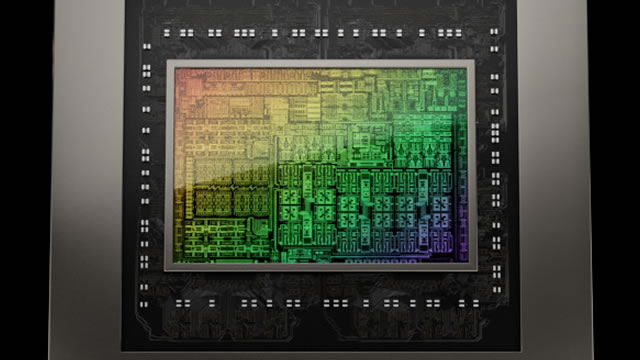Shell plc’s Share Buy-back Programme: An In-depth Analysis
On 14th April 2025, Shell plc (the ‘Company’) announced the purchase of a significant number of its own shares for cancellation as part of its existing share buy-back programme. The programme, which was previously announced on 30th January 2025, involves both on- and off-market transactions. In this blog post, we will delve deeper into the details of these transactions and discuss the potential implications for individual investors and the global market.
Share Buy-back Transactions
According to the Company’s announcement, on 14th April 2025, Shell plc purchased a total of 900,000 shares on the London Stock Exchange (LSE) in GBP, at an average price of £23.6546 per share. Additionally, the Company purchased 600,000 shares on XAMS in EUR, with an average price of €27.6281 per share. No shares were purchased on Chi-X (CXE), BATS (BXE), CBOE DXE, or TQEX.
Implications for Individual Investors
The Company’s decision to buy back its own shares could have several implications for individual investors. First and foremost, it could be seen as a positive sign of the Company’s confidence in its own stock. By buying back shares, the Company is effectively reducing the number of shares in circulation, which could lead to an increase in the stock price, assuming demand for the shares remains constant or increases.
Additionally, the buy-back programme could be viewed as a signal of the Company’s commitment to returning value to its shareholders. By buying back shares, the Company is effectively reducing its outstanding shares and increasing its earnings per share (EPS). This, in turn, could lead to higher dividends and potentially higher capital gains for investors.
Implications for the Global Market
The impact of Shell plc’s share buy-back programme on the global market could be more nuanced. On the one hand, the buy-back could contribute to a decrease in the number of shares available for trading, potentially leading to increased demand for the stock and an uptick in the price. However, it could also be seen as a sign of weak corporate earnings or a lack of investment opportunities, as companies often turn to share buy-backs when they are unable to find attractive external investment opportunities.
Moreover, the buy-back programme could have implications for the broader market. Some analysts argue that large-scale share buy-backs can distort market prices by reducing the available float and artificially inflating earnings per share. Others, however, view buy-backs as a necessary tool for companies to manage their capital structures and respond to market conditions.
Conclusion
In conclusion, Shell plc’s announcement of a share buy-back programme on 14th April 2025 represents an interesting development for both individual investors and the global market. While the buy-back could be seen as a positive sign of the Company’s confidence in its own stock and its commitment to returning value to shareholders, it could also have more subtle implications for the broader market. Ultimately, the impact of the buy-back programme will depend on a range of factors, including the size and timing of the buy-back, the Company’s underlying financial performance, and broader market conditions.
- Shell plc purchased 900,000 shares on LSE and 600,000 shares on XAMS on 14th April 2025.
- The buy-back could be seen as a positive sign of the Company’s confidence in its own stock and its commitment to returning value to shareholders.
- The impact of the buy-back programme on the broader market could be more nuanced.





